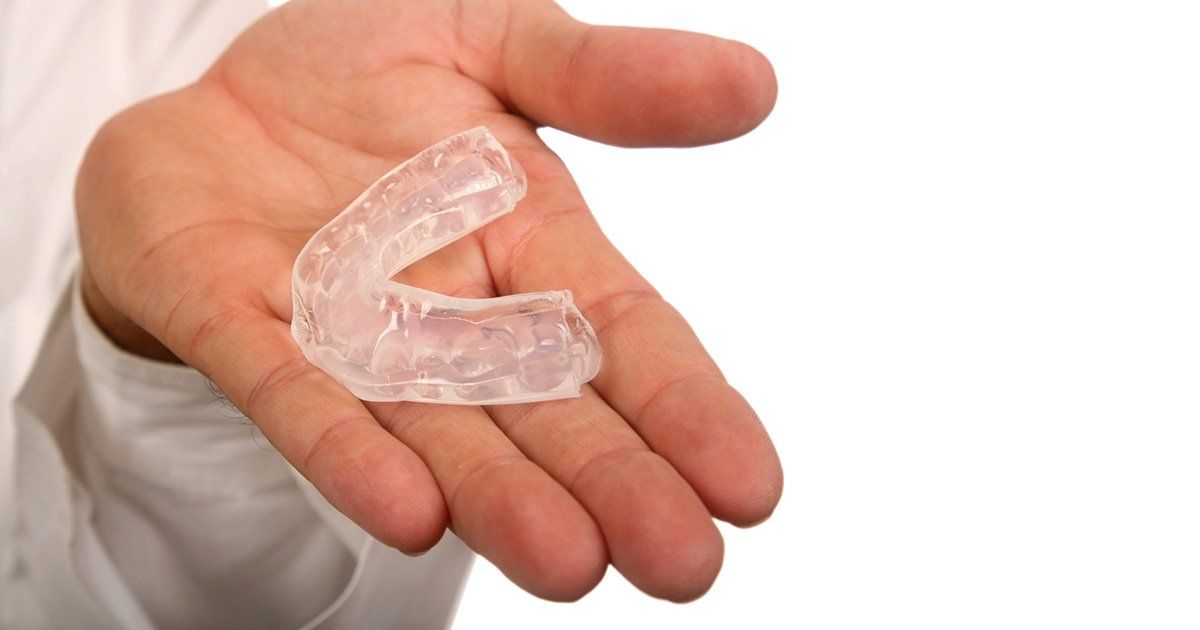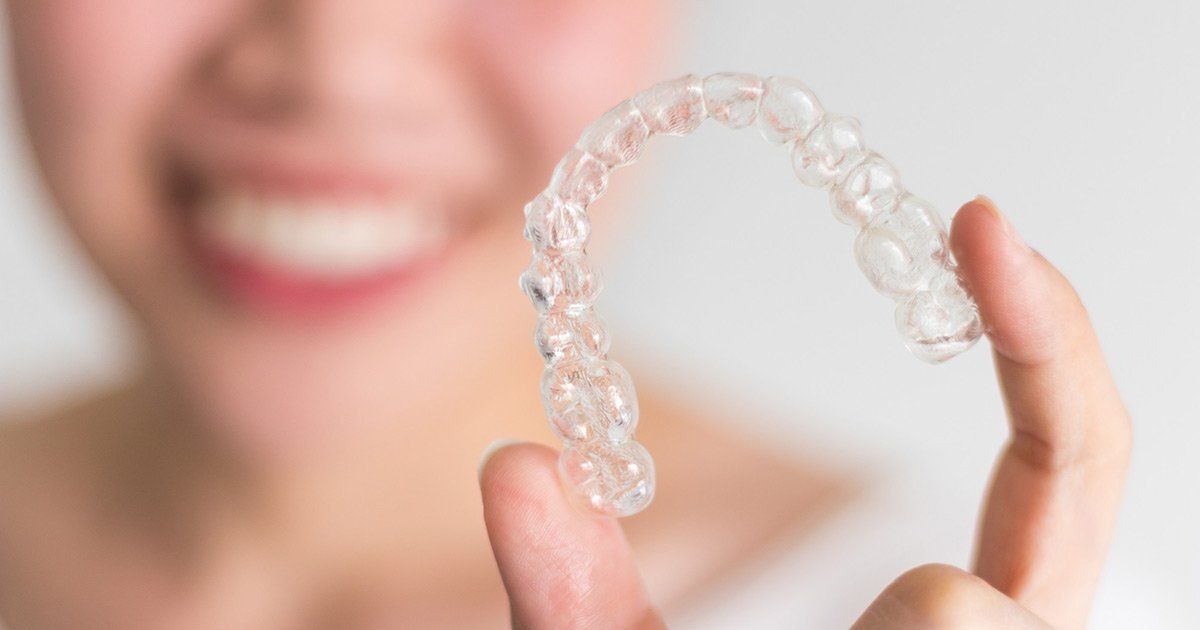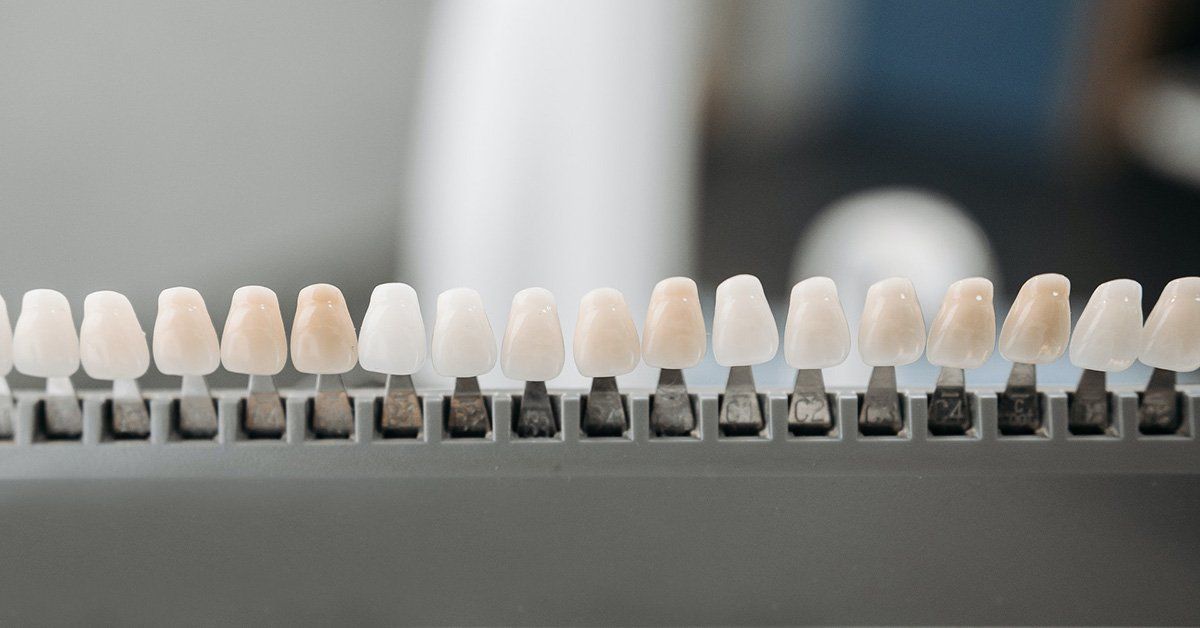Office Hours
Monday to Friday
8:00am - 5:00 pm
We Are Here for
All Your Dental Needs
What Are Crowns and Bridges and What Are They Used For?
Are you preparing to get a crown or bridge soon? Learn what crowns and bridges are, and what they can be used for.
For many Americans, tooth loss is a fact of life. One in six adults over the age of 65 is completely toothless. The loss of even one tooth can make chewing and speaking with ease difficult.
To restore lost oral function, your dentist in Salem, MA offers restorations like crowns and bridges. If you are not familiar with how a dental crown and dental bridge restore oral health, we'll cover the basics in this article.
What Are Dental Crowns and Bridges?
Dental crowns are protective caps that encase a damaged tooth with a natural-looking covering that is fabricated from metal, porcelain, or a combination of those materials.
Crowns can also replace a missing tooth when a dentist places them on top of a dental implant. Dental implants are titanium posts that replace lost tooth roots.
Dental crowns can be fabricated from porcelain that closely mimics the color and luster of enamel. Dr. Harbpinder Shevchenko will ensure that your crowns look and feel perfectly natural.
Dental crowns are often used to restore lost tooth structure following root canal therapy or another restorative treatment. Your dentist may have you fitted with two crowns that support a dental bridge. We'll explore that restoration next.
Dental Bridges
A dental bridge can replace a missing tooth or a few adjacent missing teeth. To replace a missing tooth, your dentist will use two dental crowns (one on either side of the gap) to secure the false tooth in place.
A dental bridge can also be supported by dental implants. Implants anchor the false teeth directly to the jawbone. This results in superior stability and the ability to eat anything you enjoyed before you experienced tooth loss.
Like crowns, technicians fabricate dental bridges from a range of materials that include ceramics, metal, or a combination of the two.
If you are missing one tooth or multiple neighboring teeth, you could be a great candidate for a dental bridge.
How Are Crowns Placed?
Whether you need a dental crown or bridge, Dr. Shevchenko can handle all of your dental restoration needs.
A traditional dental crown placement requires that your tooth is prepped. Your dentist will gently remove a thin layer of enamel to make room for your dental crown. Once your tooth is prepared, your dentist will take detailed images of the prepped tooth.
Depending on the location of your tooth and your personal goals, a technician will fabricate your crown from porcelain, metal, or a combination of those materials. While you wait, you will be fitted with a temporary crown.
Once your new custom crown arrives at our office, a date will be set for your dental crown placement. Your dentist will use strong dental cement to place your new crown. Any minor adjustments will be made before your treatment is completed.
With proper care, your dental crown can last well over a decade.
Dental Implant-Supported Crown
If you opt for the superior stability of an implant-supported crown, you will need to undergo a straightforward surgical procedure. Your doctor will use anesthesia to numb the surgical site. Sedation will help you relax throughout the procedure.
Once you are comfortable, your doctor will make an incision in your gums. Then your doctor will place one or more dental implants. The final step involves suturing the incision and placing gauze to stop any bleeding.
Once your dental implant heals, your dentist will fit a custom dental crown on top of the implant.
How Are Bridges Placed?
A traditional dental bridge requires that your dentist prepare the teeth on either side of your gap. This step creates space for the two dental crowns that support your bridge.
Once your dentist preps the two teeth, she will take detailed images of the prepped teeth. These images will be used by lab technicians to fabricate your custom dental bridge. While you wait, your dentist will fit you with a temporary bridge.
Once your dental bridge arrives, a second appointment will be set to place your new restoration. Your dentist will use strong dental cement to bond the bridge to the two prepared teeth.
By practicing good oral hygiene habits, avoiding biting hard foods, and scheduling regular visits to our office for cleanings, you can enjoy your new bridge for more than a decade.
Implant-Supported Bridge
The number of implants your bridge requires is partly determined by the size of the bridge. Dental implant surgery follows the same steps listed under the implant-supported crown section.
Implant-supported prosthetics are incredibly stable. The restorations fully restore natural function to your teeth. Your dental bridge can be fabricated from materials that closely mimic the natural look and luster of enamel.
Dental implants add the benefit of preserving natural jaw tissue. Lost tooth roots can lead to bone atrophy that leaves your teeth looking sunken in. To preserve your jawbone tissue, we recommend that patients seek dental implant placement soon after tooth loss.
Schedule a Visit With Your Dentist in Salem, MA Today
Following the loss of one or more teeth, your dentist in Salem, MA can have you fitted with quality crowns and bridges that allow you to speak and chew with confidence. If you opt for the superior stability afforded by dental implants, you can enjoy dental implant benefits for a lifetime.
Don't let tooth loss stop you from enjoying your favorite foods. Contact our dental team today so we can schedule your restorative treatment. We are here to meet all of your dental needs.
Contact Us
100 Highland Ave #201Salem, MA 01970
Call (781) 631-3799
Book Your First Visit
781-886-8107
Our Hours
- Monday
- -
- Tuesday
- -
- Wednesday
- -
- Thursday
- -
- Friday
- -
- Saturday
- Closed
- Sunday
- Closed
Accessibility Statement | Privacy Policy | Cookie Policy | Terms and Conditions | Notice of Privacy Policy
All Rights Reserved | Smiles of Salem
781-990-8946













